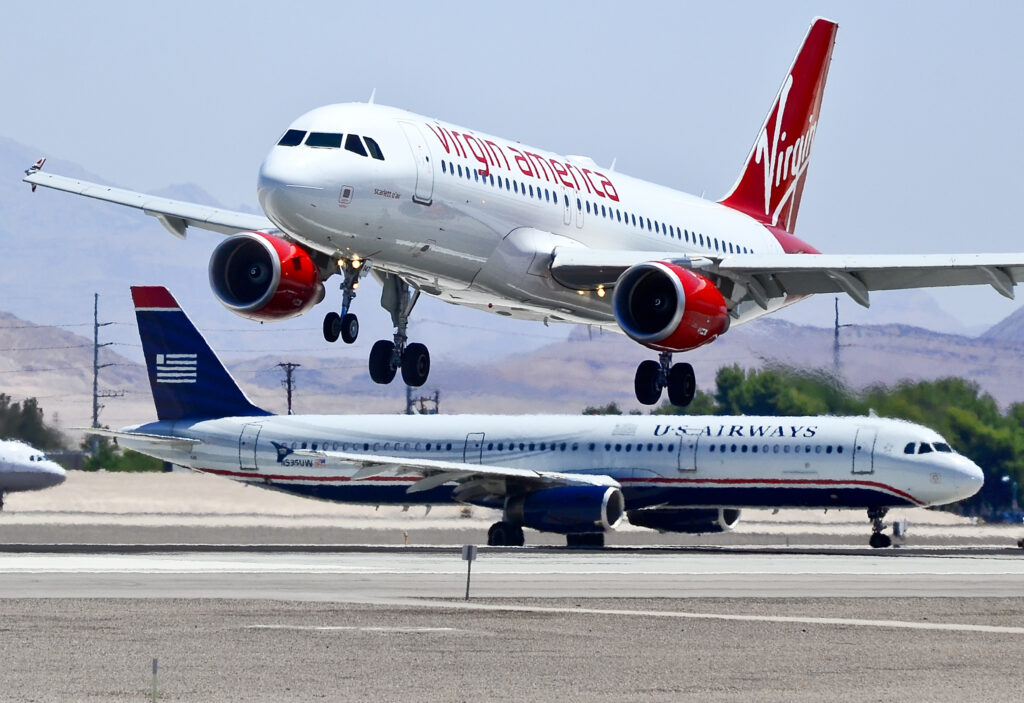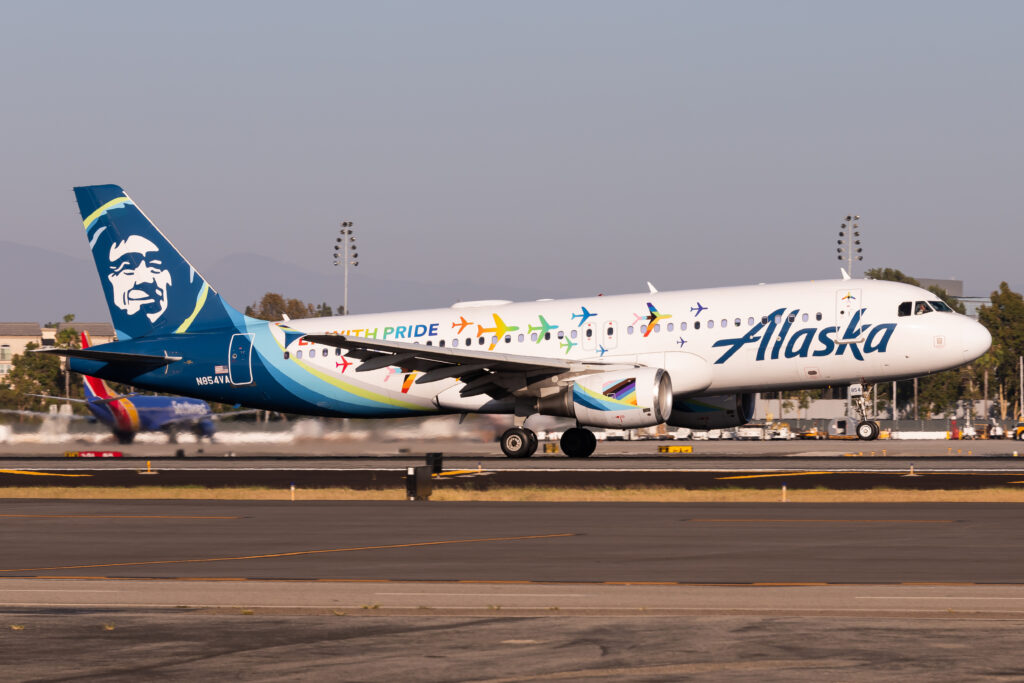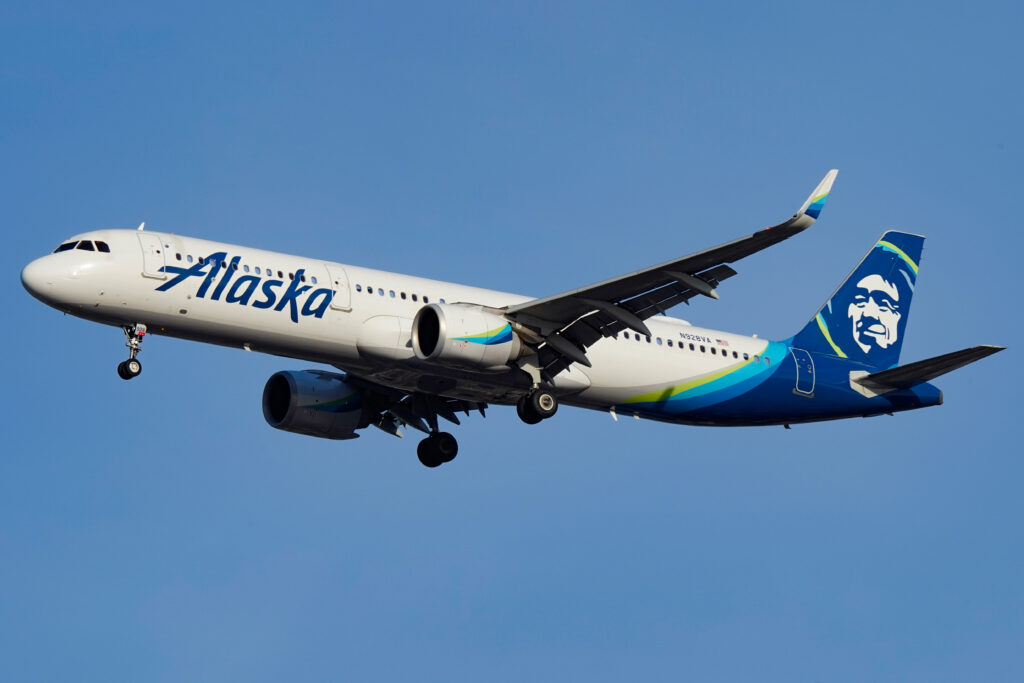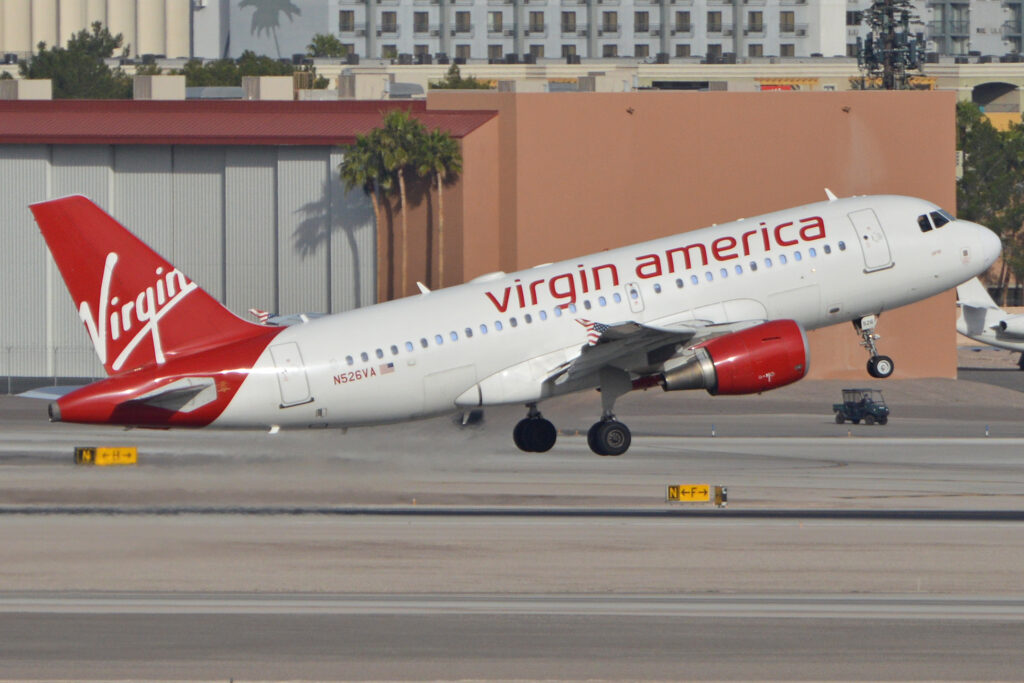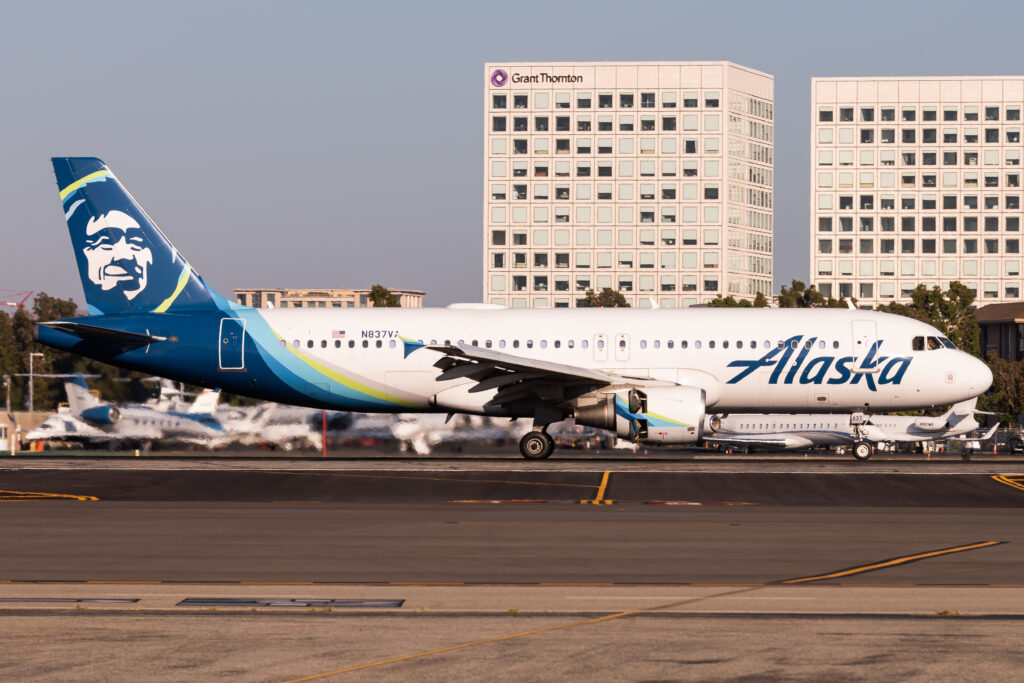LONDON – In 2016, Alaska Airlines acquired Virgin America for $2.6 billion, marking one of the largest airline mergers in years. Let’s take a brief look.
The combination of the two companies created an air travel powerhouse that today serves over 100 destinations and has an ever-growing global presence.
But how did it all come to be? In this blog post, we’ll explore a brief history of the Virgin America-Alaska Airlines merger and why it happened in the first place.
From the announcement to the final execution, let’s take a look back at how two major airlines came together to form one of today’s most popular carrier networks.
Background of Alaska Airlines & Virgin America…
In April 2016, Virgin America and Alaska Airlines announced their plans to merge, creating the fifth-largest airline in the United States. The merger was completed in December 2016.
Virgin America was founded in 2004 and operated out of San Francisco and Los Angeles.
It quickly became known for its innovative customer service, including mood lighting, music on board, and food options.
The airline focused on providing a unique experience to customers, which is why it won numerous awards throughout its operation.
Alaska Airlines has been in operation since 1932 and was the seventh-largest U.S. airline in terms of passengers carried at the time of the merger with Virgin America.
Alaska Airlines has traditionally served routes within the Pacific Northwest and Alaska but had expanded its network over the years to include routes across North America, Mexico, and Costa Rica.
The airline has also sought to differentiate itself from other carriers by offering a range of loyalty programs and services designed specifically for its customers’ needs.
In 1986, it expanded its route network to include destinations in the contiguous US.
Alaska Airlines is known for its large route network, which includes many small towns and cities that other airlines don’t serve.
It also has a strong loyalty program and is one of the few US airlines that still offer complimentary meals in coach on long-haul flights.
Why the Virgin America & Alaska Airlines Merged…
The two airlines decided to merge because they both believed that the combination of their networks would create the best possible experience for their customers.
By working together, they could provide more convenient travel options and a wider choice of destinations.
The merger also gave the airlines the opportunity to share resources and knowledge, which would help them to improve their operations and better serve their customers.
The merger could also potentially help the airlines to reduce their costs, allowing them to offer more competitive prices on their fares.
The companies also hoped that the merger would provide a boost to both brands, enabling them to reach a larger audience and increase their market share.
Overall, the two airlines believed that merging would be mutually beneficial for both companies and their customers.
Overall…
The Virgin America-Alaska Airlines merger was a game-changing moment in the airline industry.
It allowed Alaska Airlines to expand its presence on the West Coast and create a larger, more competitive player in the market.
The merger also gave Virgin America customers access to an expanded network of destinations and services from their preferred carrier.
This union has been beneficial for both airlines as they continue to strive towards greater heights through innovation and collaboration.





